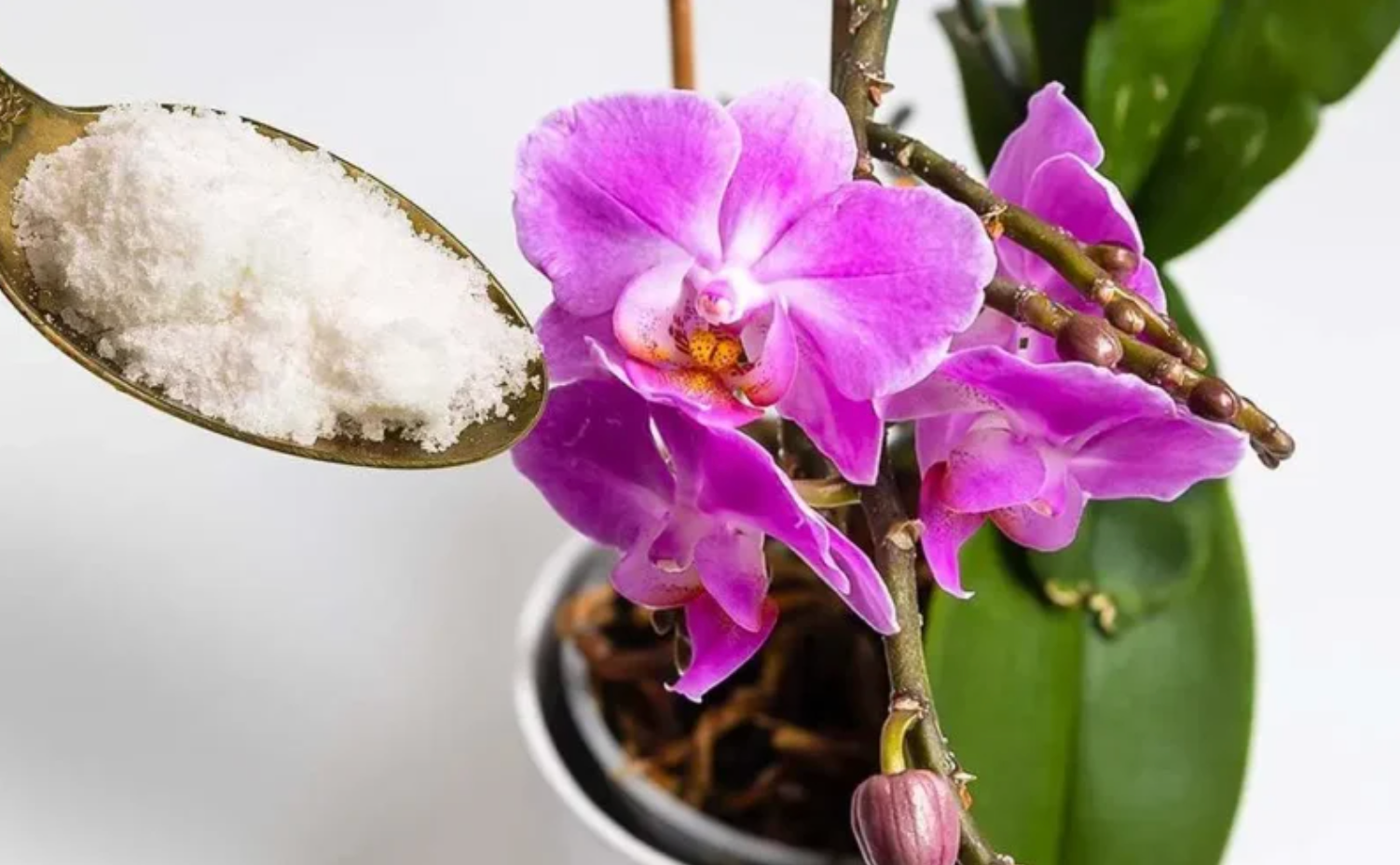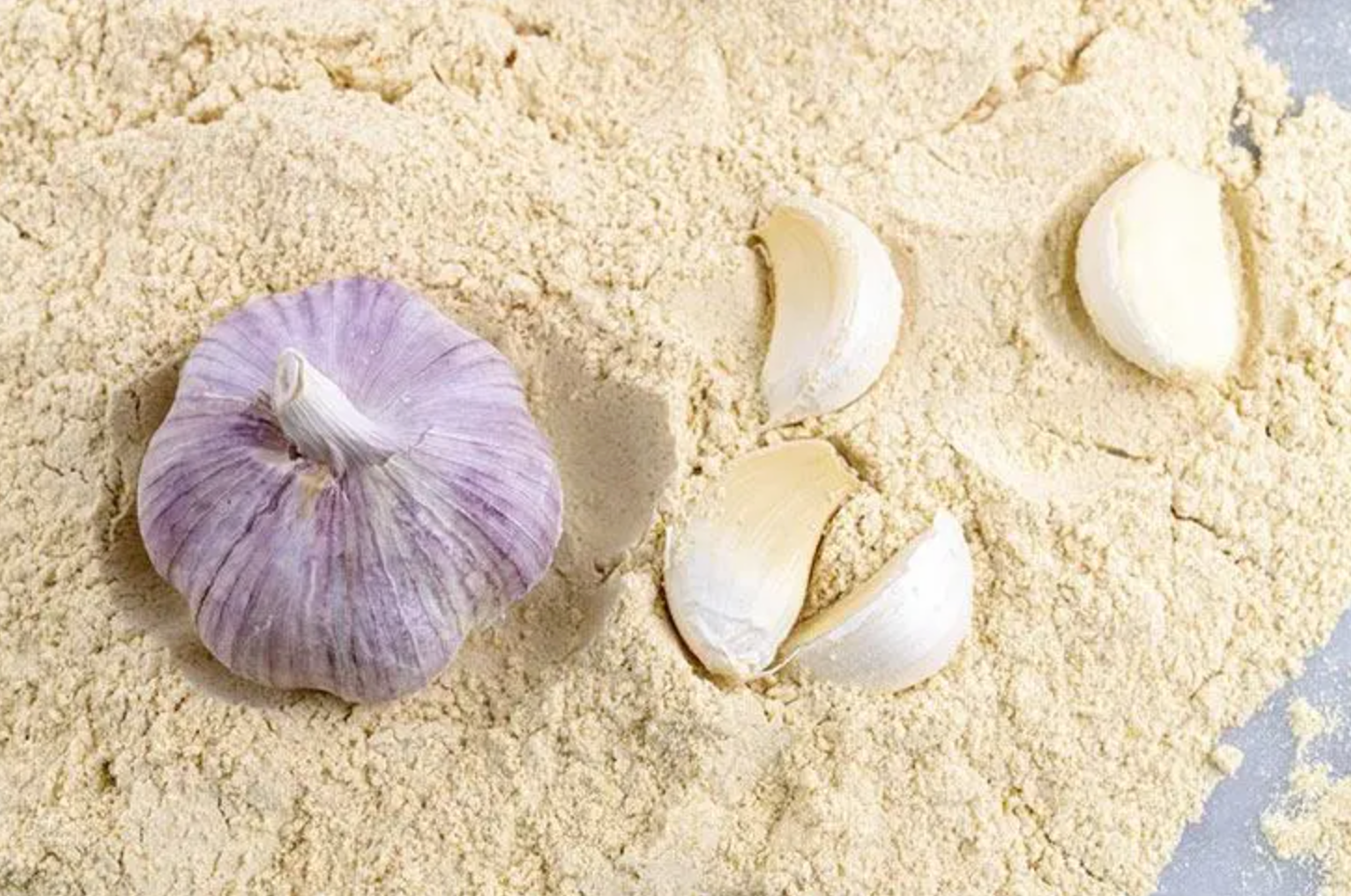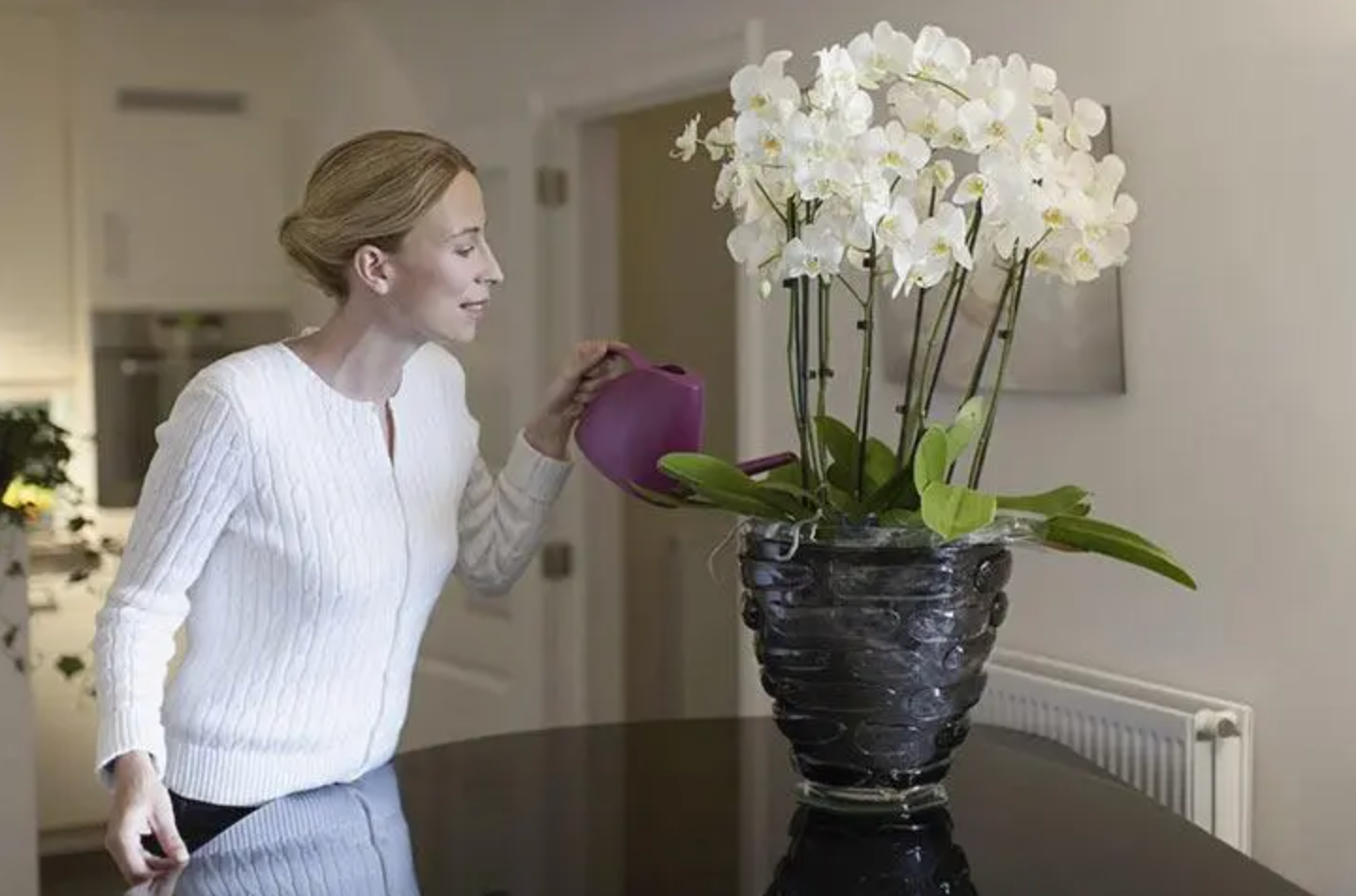How to make an orchid bloom again with garlic powder?
How to Revive a Wilted Orchid or One Losing Its Flowers
Indoor plants, particularly orchids, have a unique ability to add life and vibrancy to your living space. However, sometimes these elegant plants can lose their luster and appear sad, wilted, or stop blooming. The good news is that with the right care, you can rejuvenate your precious orchids and bring them back to their full glory.

Caring for your indoor plants can be a rewarding experience, and orchids are no exception. If you notice that your orchids are not at their best, don’t give up on them too soon. With the right care, you can keep them healthy for a long time. Here’s how to revitalize a wilted orchid or one that’s losing its flowers:
Use Garlic Powder as a Natural Fertilizer:

Wilted orchids can often be revived with natural remedies, and garlic powder is one such solution.
Garlic is rich in essential vitamins and minerals, such as vitamin C, vitamin B6, calcium, potassium, sodium, and magnesium, which can stimulate plant flowering and overall growth.
Its antioxidant and antibacterial properties make garlic an excellent tool to repel insects and promote beneficial microorganisms in the soil.
How to Use Garlic Powder to Revive Your Orchids:
Boil a cup of water and let it cool down.
Add a teaspoon of garlic powder to the cooled water.
After a few minutes, filter the mixture and add about a liter of water.
Water your orchid with this garlic-infused solution twice a week.
Alternatively, you can sprinkle a teaspoon of garlic powder directly on the soil’s surface inside the pots every fifteen days or gently rub the leaves of your orchids with a cotton swab soaked in garlic. Taking a preventative approach to treatment can help fight pests and promote healthy orchid growth.

Tips for Orchid Care and Maintenance:
Use the right mix of culture medium, typically containing coarse perlite, fir bark, and sphagnum moss.
Provide sufficient but indirect light to your orchids, avoiding direct sunlight.
Maintain the right temperature, with cooler nights to promote flowering.
Water your orchids sparingly, allowing them to dry between waterings.
Increase humidity around your orchids by using a saucer filled with water, a tray of pebbles, or a humidifier.
Fertilize your orchids as needed during active growth, and decrease as they mature and enter dormancy.
Check for signs of pests or diseases and use garlic-based solutions to address them.

Consider repotting your orchid every two years to ensure healthy root development.
How to Prune an Orchid After Flowering:
To stimulate new growth and future flowering, prune your orchid’s stem correctly.
Healthy orchid stems are green and firm, so use clean and disinfected tools to make clean cuts.
Dead stems, appearing wilted, yellow, or brown, should be cut down to the base of the plant to encourage root production.
By following these tips and using natural remedies like garlic powder, you can provide the care your orchids need to flourish and thrive. Not only is this beneficial for your plants, but it’s also an economical and eco-friendly choice compared to chemical products.




